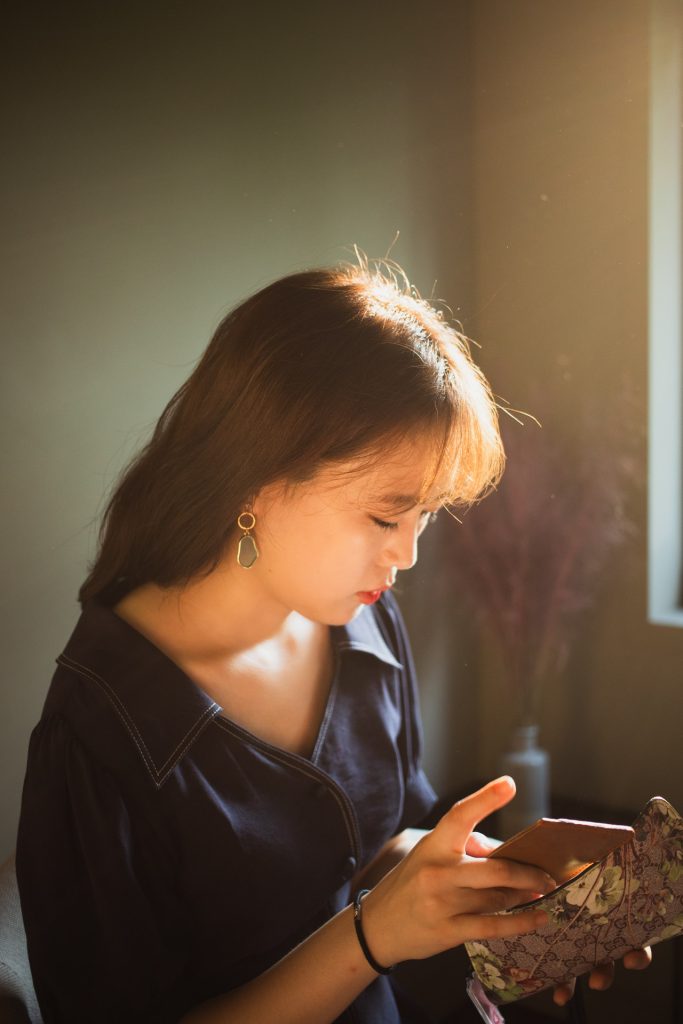Week 8 feedback
Strength of the context, connectivity, and complexity.
System thinking and weakness.
System thinking is a relation of cause and effect
This is introducing and presenting me to those who don’t know me
Trying to understand why this place is special to Yeh Na -> unclear at the moment.
How is this telling us about Yeh Na? -> Needs to go deeper.
Such a fascinating history but not coming through, yet -> Need to pull this out and present on this.
Seems like more of a vlog than a presentation
What could I do to enhance the presentation? -> Add narration
Talk about how I perceive differently
Different culture and different mindset.
The view of the video seems not Korean (that could be filmed in Canada also)\
Show some map to show where you are.
The video seems physically ill -> must fix this
How I am going to bridge these two countries together.
Weakness
– understand the culture and context
– why this place were important for me.
– why i visited that place.
– why is it important to me.
– how is this telling about Yeh Na
Basic conversation that I was having connection (explained)
Turkish scenery(?) -> Me in the space
Intercultural visuals -> Turkish + Korea
A moment where I’m not moving.
Thinking about the viewer.
Ecosystem
What so interesting is my environment could be the system
Environment/landscape -? system itself.
Difference between Turkey and Korea
System 1 : Thinking is a near-instantaneous process; it happens automatically, intuitively, and with little effort.
It’s driven by instant and our experiences.
System 2 : Thinking is slower and requires more effort. It is conscious and logical.
My lived experience.
Encountering on the difference.
Both adaptation in context and remaining Korean.



